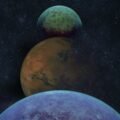This is the fourth in an ongoing series of updates from Harvard Astronomer Avi Loeb, who heads The Galileo Project, documenting his team’s expedition to attempt the recovery of an interstellar object from the floor of the Pacific Ocean. This entry covers Day 5 (June 15, 2023) of the team’s expedition.
After 3 hours of sleep, I woke up to the grinding sound of the bow thruster which helps our ship, Silver Star, to maneuver. I chose to stay awake during the night in the company of the stars overhead.
By the time I reached the deck, the magnetic sled was lowered by the winch to the ocean floor in a control area of a 1.7 kilometers depth, at a distance of 30 kilometers from where US Department of Defense (DoD) sensors detected the bright fireball of the first recognized interstellar meteor, IM1. I greeted the expedition coordinator Rob McCallum, who was waiting patiently on the deck for what our interstellar hook might bring.
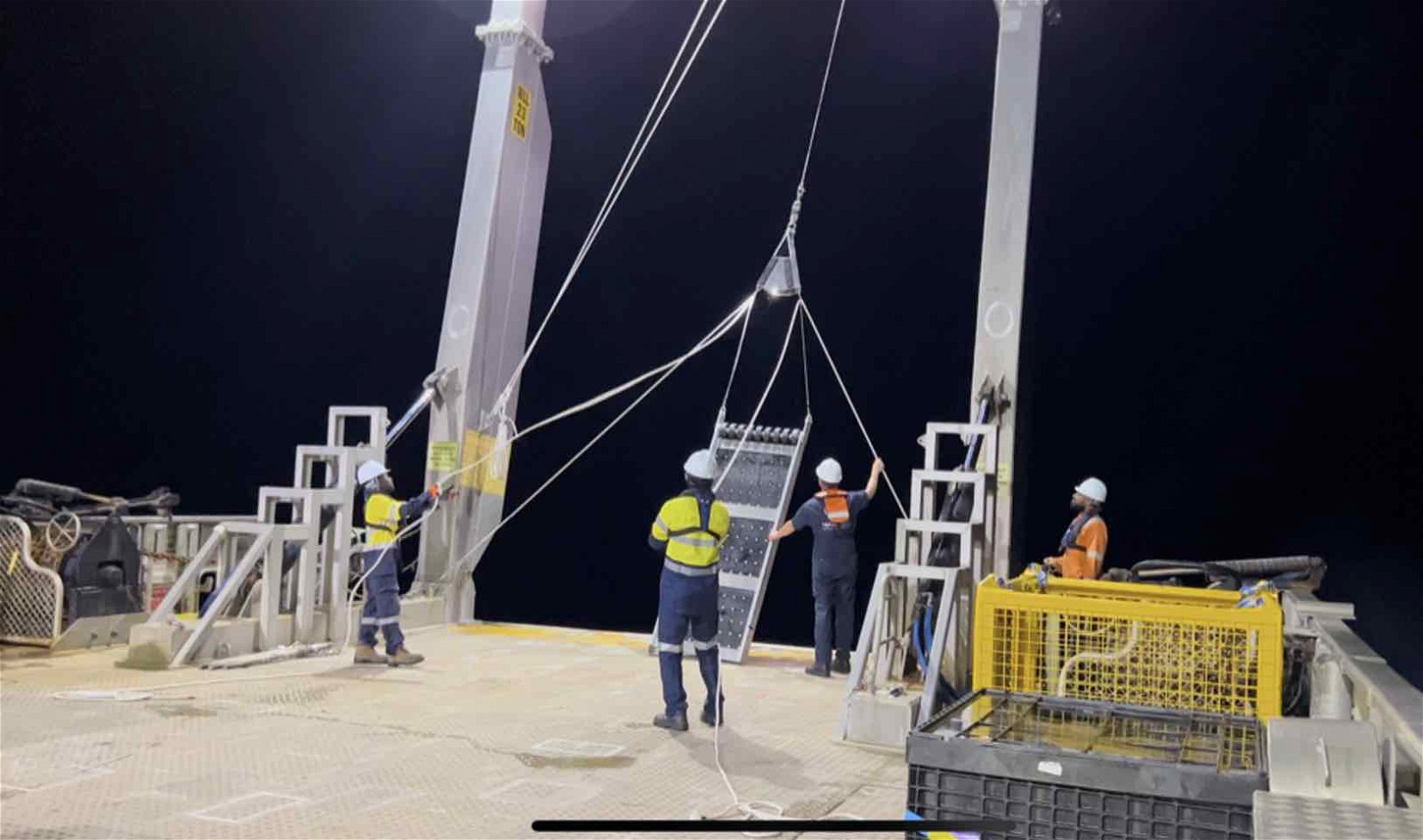

While waiting, I headed to the upper level of the ship where the brilliant Ryan Weed and Jeff Wynn prepared the sample analysis instruments and procedures, including microscopes and an X-ray fluorescence analyzer. Jeff enlarged his finger with one of the electronic microscopes. I promised him that we will feature his finger on the Mega Display in Times Square, Manhattan, if it held an IM1 fragment. The Galileo Project is already featured there, as evident from a new video that was taken today and can be viewed by clicking here.
And if this interstellar fragment would appear to be technological, the image might also be presented to the Nobel Prize committee. But let us not raise our expectations too high! For now, we are only testing the equipment.
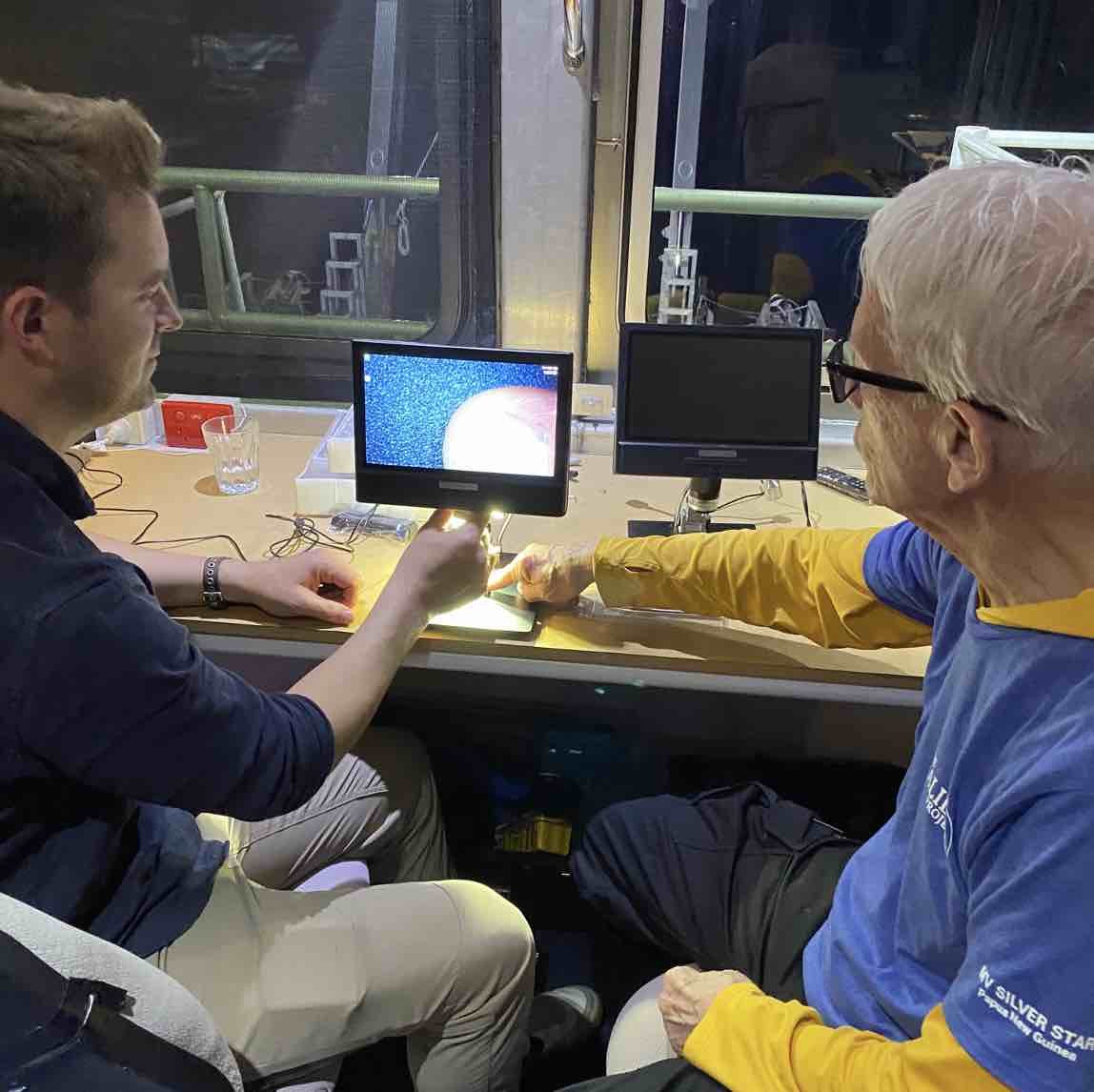

After half an hour near the ocean floor, the magnetic sled was brought up to the deck along with a video footage of its underwater journey. As soon as he saw the sled lifted by the winch from the upper floor window, Jeff rushed to the deck with a sample vile. But there were no magnetic particles trapped on the magnets. We checked the sled thoroughly and verified that nothing stuck to the magnets.
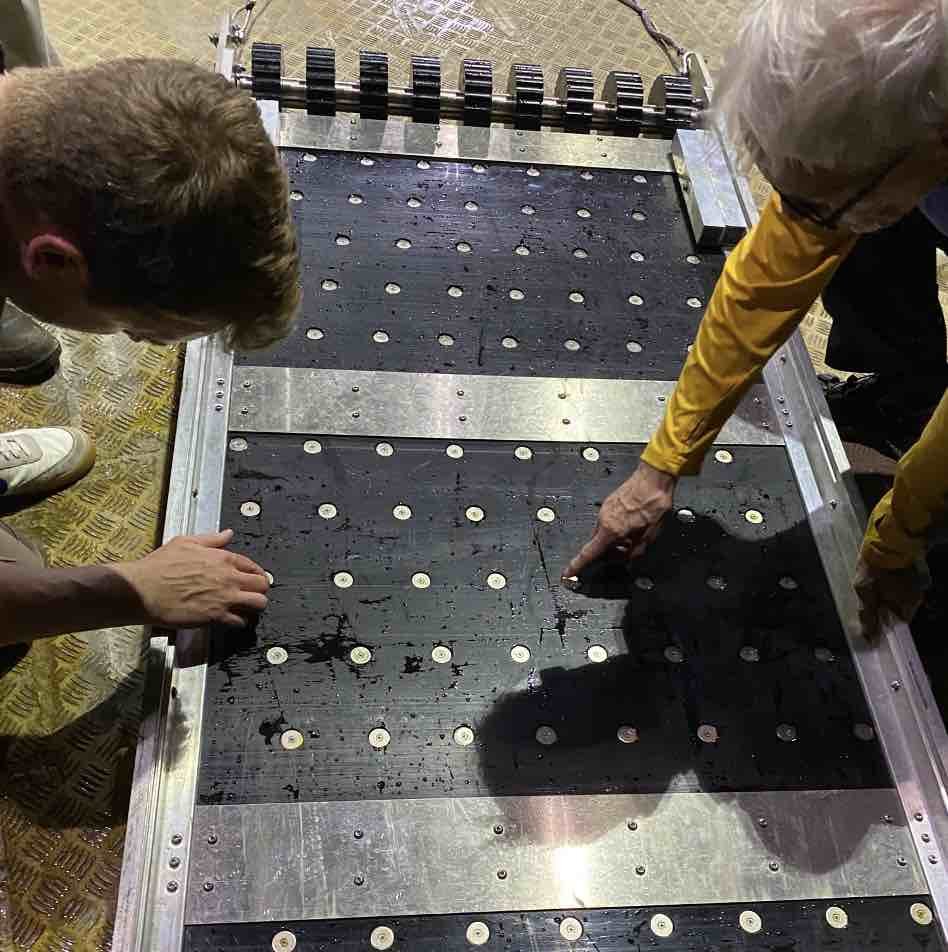

This raised the question of whether the sled actually reached the ocean floor. To figure it out, our amazing instrumentalist Rob Millsap who designed the sleds, watched the video footage from the cameras on it. Yesterday, the sled did not reach the bottom, and so Rob added heavy lead to pull it down. Gladly, today’s video confirmed that the sled touched the ocean floor for a few minutes. At the team meeting tomorrow morning, we will discuss ways to pull it stably over the surface. Originally, Rob was worried that it may take us a couple of days to bring the sled to operation, but we are almost there now and will have a bonus day for the search.
For now, the lack of magnetic particles in the control region is good news, as it implies that the bottom of the ocean is mostly made of mud. If the meteor fragments are magnetic, it will be simpler to separate them from this background.
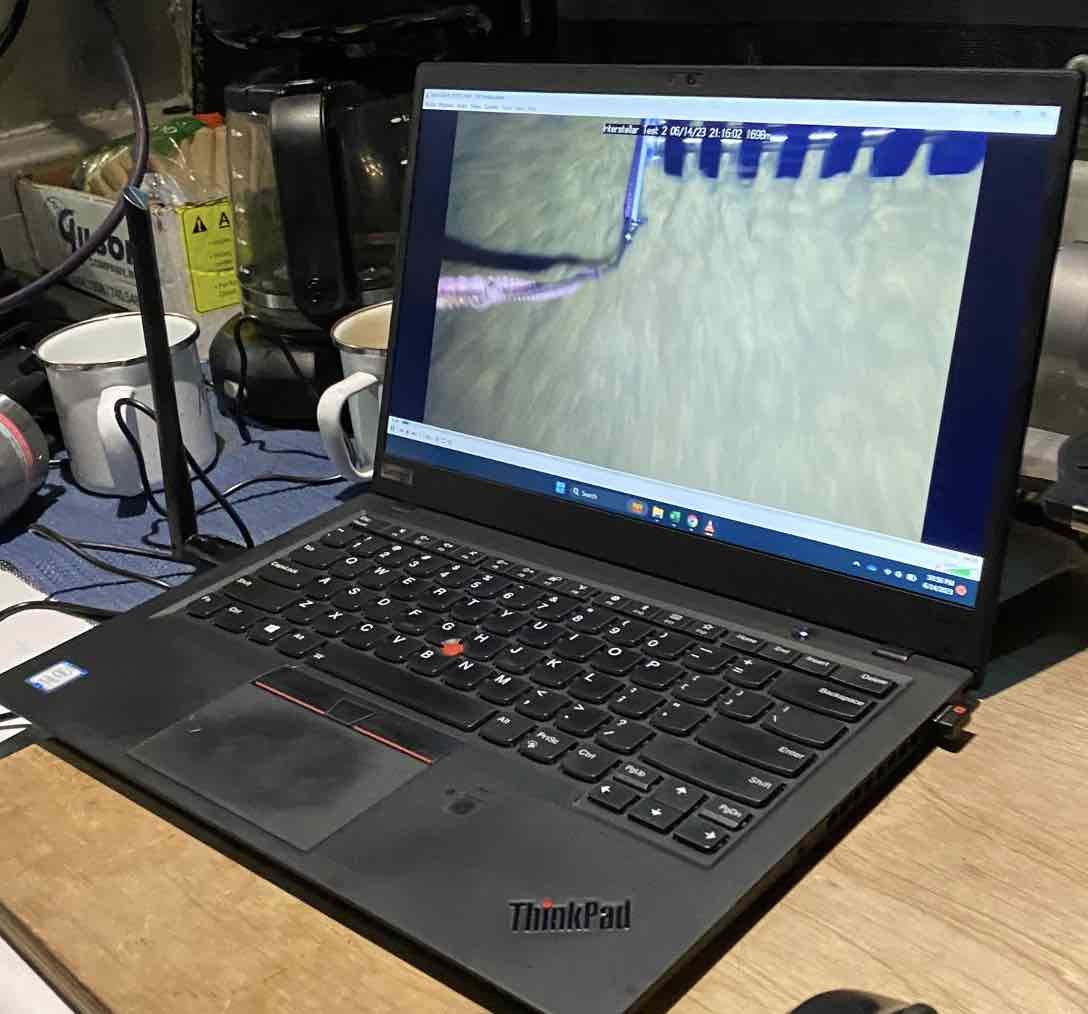

The team members on the deck included our navigation coordinator, Art Wright, who was an O6 captain in the Vietnam War and led many successful expeditions after retiring from the Navy. He is a man of few words, but those words often carry tremendous insight and wisdom, reminding me of my father. Experience taught Art how to filter content quality and focus on statements with a high signal-to-noise ratio. Before going to bed after a long day shift, Art told me that tomorrow we will visit another control sample and then go straight to the bull’s eye, the strip along which we expect to find meteor fragments based on the Manus Island seismometer signal from the fireball’s blast wave.
The small fragments were slowed down quickly by their friction with air, as deceleration scales with the area, and they had the largest area-to-mass ratio. As a result, we expect the smallest millimeter-scale particles to rain straight down from the three flares of IM1’s fireball. But bigger fragments are expected to move farther along the meteor’s original trajectory, creating a strip of debris. IM1 was faster and lower in the atmosphere than typical meteors and so its strewn field should be narrower. To find IM1’s strip, I suggested to Art that we also search perpendicular to the DoD’s error box as an efficient way of improving our chances of localizing the debris strip when we cross it. Art remains optimistic that we will find something.
As Art went to bed at midnight local time, I decided to summarize the latest developments in the fourth report of my diary before engaging in my jog at sunrise. This morning I will see, for the first time, the Sun over the horizon of the Pacific Ocean while running in place and monitoring the equivalent distance of 3 miles on the workout app of my watch. The Sun is our star, but it is no different than billions of other natural fusion reactors out there, raising the hope that we are not the first. If we find IM1 to be technological, we will probably not be the last because a dandelion makes many seeds and maintains longevity by avoiding a single-point catastrophe.
Avi Loeb is the head of the Galileo Project, founding director of Harvard University’s – Black Hole Initiative, director of the Institute for Theory and Computation at the Harvard-Smithsonian Center for Astrophysics, and the former chair of the astronomy department at Harvard University (2011-2020). He chairs the advisory board for the Breakthrough Starshot project, and is a former member of the President’s Council of Advisors onScience and Technology and a former chair of the Board on Physics and Astronomy of the National Academies. He is the bestselling author of “Extraterrestrial: The First Sign of Intelligent Life Beyond Earth” and a co-author of the textbook “Life in the Cosmos”, both published in 2021. His new book, titled “Interstellar”, is scheduled for publication in August 2023.

